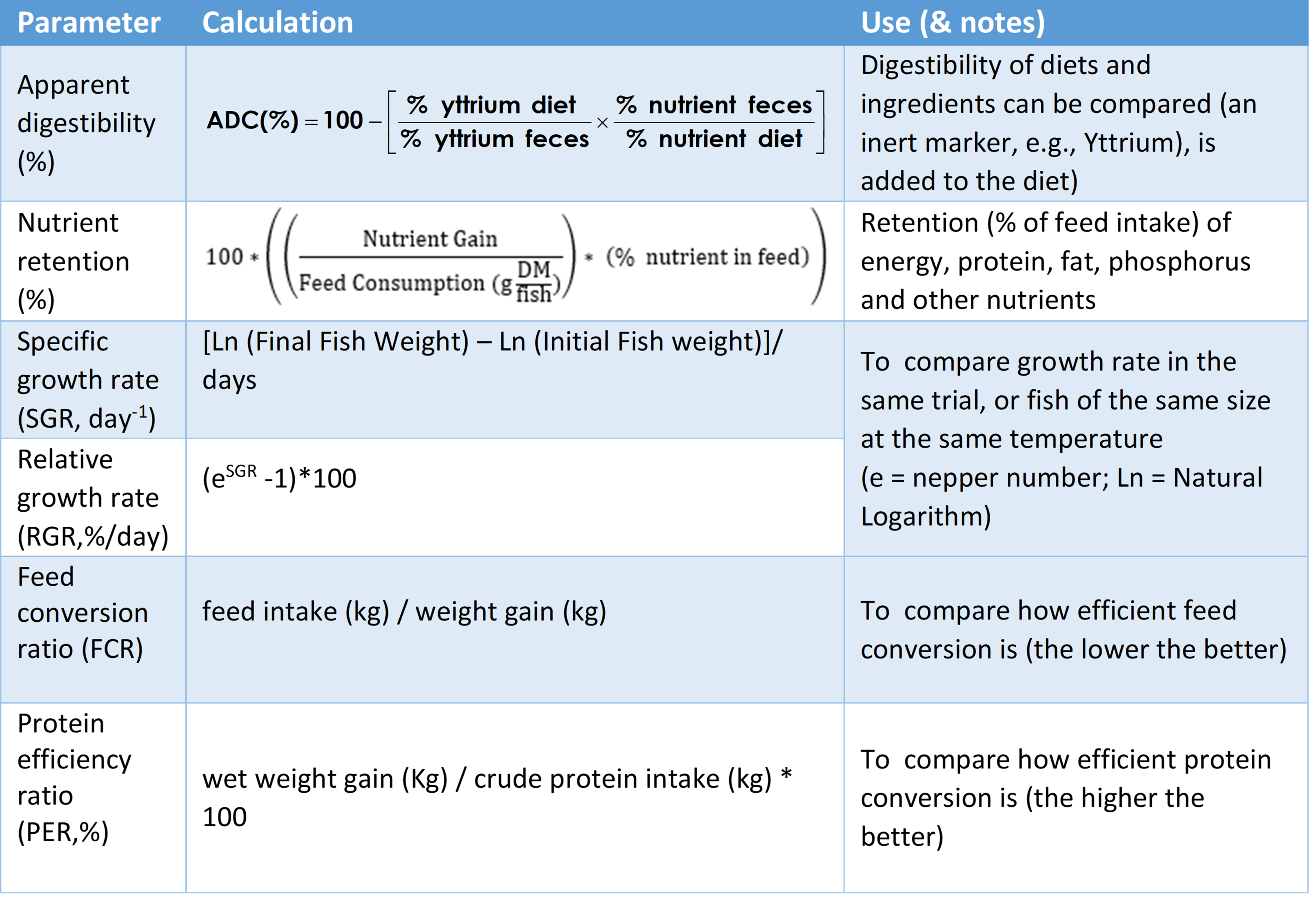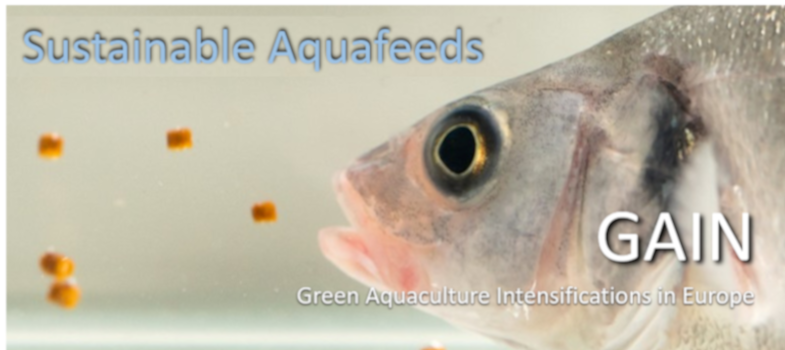Growth, nutrient retention and digestibility studies
Growth performance, nutrient retention, and digestibility studies are the most established and classical ways to evaluate the performance of different aquafeeds. These indicators provide information on how much fish has grown when fed a given feed, but also how the different nutrients are utilized (converted) by the fish. When feeds are not as well utilized by fish as one would expect, nutrient retention and digestibility studies allow to understand if the poor utilization was due to poor digestion of the ingredients, or rather to poor metabolic utilization of the feeds.
Poor digestion may be due to the presence of anti-nutritional factors (ANFs) in the ingredients, or to poor digestibility of feed or of one or more ingredients. Poor digestion may be caused by too high temperature during feed/ingredient processing, or the nature of the proteins and fats present in the ingredient (for instance collagen and muscle proteins are normally more complex and therefore more difficult to digest than gelatin and liver proteins; in turn oils rich in saturated fatty acids, such as palm- and coconut- oils, are more difficult to digest than fish-, soy- and olive- oils). Anti-nutritional factors (ANFs) may be present in plant ingredients such as soybean meal and cotton-seed meal but can be eliminated for instance during ingredient processing, or counter-acted by the addition of specific enzymes (to improve phosphorus utilization in vegetable ingredients).
Some examples of indicators used in growth, nutrient retention, and digestibility studies, and their normal use are:

Table 1. Indicators used in growth, nutrient retention, and digestibility studies.
Even when ingredients and feeds have high digestibilities, feeds may have poor nutrient retention of one or more nutrients in feeds. Such poor nutrient retention can result from a nutritional deficiency (as when feed does not fulfil the fish nutritional requirements for certain amino acids, minerals and vitamins), a nutritional imbalance (the feed has too much or too little fat for instance), or nutrient toxicity (too much of a given mineral or vitamin).
The GAIN project used such growth performance, nutrient retention, and digestibility studies to evaluate how effective novel aquafeed formulations based on emergent alternative ingredients can be. For instance, a growth trial and digestibility trial with rainbow trout showed that protein retention in two of the tested diets were slightly lower than for the three other tested diets:
Figure 1. Protein retention (% of
protein intake) in rainbow trout feed a Control (CTRL) and four novel aquafeed
formulations.
Moreover, these lower protein retentions were caused by a slightly lower protein digestibility of
those same diets, and not by an eventual amino acid deficiency of those diets.
